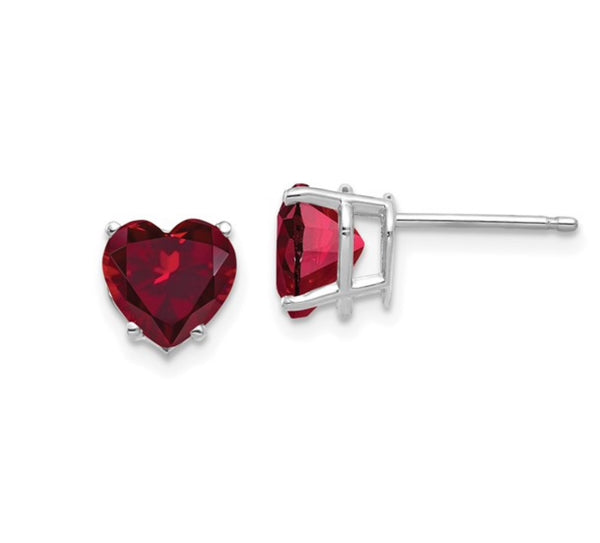
Ethically sourced diamonds sustain communities around the world. Knowing where your diamond comes from means you can be confident that your diamond was mined responsibly and impacted its community in a positive way. In creating GIA’s Diamond Origin the goal is to make diamonds a force for social change; after all, greater transparency leads to greater accountability. It also tells a story of how diamonds support jobs, education, healthcare and protect the environment in the communities.
Around the world, reputable mining companies have shown socio- economic and environmental leadership. In South Africa, revenue from diamond mining has helped to preserve wildlife by establishing national parks for endangered species.
Transparency through GIA Diamond Origin encourages businesses to compensate employees fairly, maintain safe working conditions and operate mines sustainably.
Unfortunately, the only way to determine exactly the geographic origin of the diamond is at the time of mining. After the diamond enters the marketplace, cut and polished, the origin is going to be an expert opinion, based on some distinctive features of the stone.
Submitting the rough diamond to GIA with documents of origin and conflict free status right after mining is the best way to specify the Diamond Origin in the GIA Diamond Grading Report. It takes only 48 hours to complete the process and the diamond rough is sent back to the client. After cutting and polishing, diamond is sent back to GIA with the original rough report number, where scientists can match the polished diamond to the rough. Once match is confirmed, a GIA Diamond Original Report is issued stating the diamond’s county of origin.

